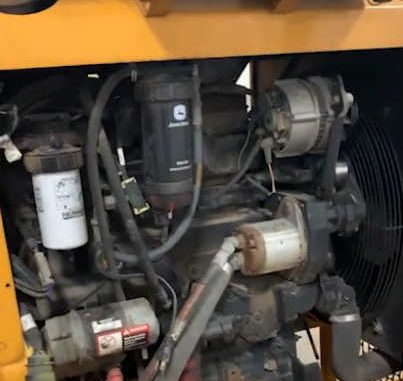
Modern heavy machinery relies on advanced diagnostic tools to monitor performance and detect potential issues. John Deere fault codes provide a reliable way to troubleshoot machinery faults. However, understanding the meaning behind these codes can be a challenge. In this article, we will discuss how to read John Deere fault codes, decipher their meanings, and provide troubleshooting tips for resolving them effectively.
Understanding John Deere Fault Codes:
John Deere machines are equipped with an onboard computer known as the Engine Control Unit (ECU). The ECU monitors and controls various components within the machine. When the ECU detects a problem with any component, it generates a fault code to alert the operator. These fault codes can only be accessed by using a diagnostic scanner that interfaces with the ECU.
A typical John Deere fault code consists of a series of letters and numbers. Let’s break down the different parts of a fault code using an example: “ECU 001509.07”.
1. “ECU”: This indicates the system that the fault is related to, in this case, the ECU.
2. “001509”: This is the code number that corresponds to the specific fault. Each fault code has a unique number that identifies it.
3. “.07”: This indicates the severity level of the fault. In this case, it represents a minor fault.
Other fault codes include ACU (armrest control unit), BCU (basic control unit), DCU (diagnostic control unit), and TCU (transmission control unit).
Obtaining John Deere Fault Codes:
To access the fault codes, you will need a diagnostic scanner capable of reading John Deere fault codes. You can purchase a reliable diagnostic scanner, such as the Jaltest AGV scanner, from Wholefleet. Once you have the scanner, connect it to the machine’s diagnostic port and follow the instructions provided.
Common John Deere Fault Codes and their Meanings:
Here are some of the most common John Deere fault codes and their meanings:
1. ECU 001008.18: Indicates low oil pressure in the ECU.
2. ACU 001000.09: Indicates a faulty fuse (F24) causing the EXU Message not to display.
3. BCU 000070.31: Indicates a faulty hand brake.
4. TCU 304032.02: Indicates a short circuit in the electrical system.
Troubleshooting and Resolving John Deere Fault Codes:
After obtaining and decoding a fault code, it is necessary to perform a diagnostic test to identify the root cause of the issue. Once the problem has been identified, it is time to fix it. Repairs can be carried out by a qualified technician or an experienced operator. In some cases, a simple fix, such as restarting the machine, can resolve the issue.
Preventing John Deere Fault Codes:
Preventive maintenance plays a crucial role in avoiding John Deere fault codes. This includes performing timely servicing as specified by the equipment manufacturer. Additionally, inspecting and replacing worn-out parts and sensors as soon as they are identified can help prevent future fault codes.
Conclusion:
John Deere fault codes serve as valuable tools in diagnosing machinery faults. Understanding these codes, obtaining them, and decoding them is essential in effectively resolving faults. Regular maintenance, servicing, and prompt repairs are key to avoiding fault codes in the future. By following these guidelines, you can ensure your John Deere machinery runs optimally and efficiently.
Related Product:
John Deere Service Advisor